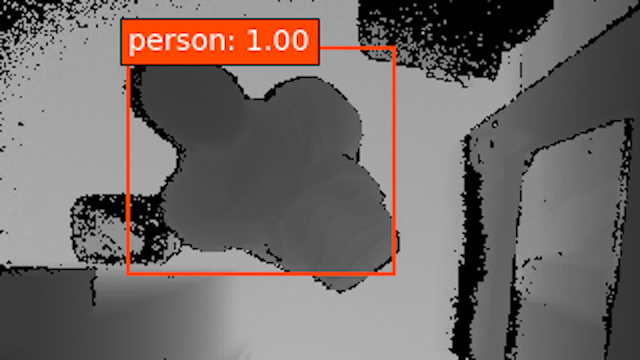About Me
My interest are in the areas of Generative AI, LLMs, Mathematical Statistics and Computer Vision.
As a Machine Learning Engineer at AMD, I specialize in NLP, LLMs, and Computer Vision, with a strong interest in generative AI and quantitative finance. My experience includes developing and deploying advanced computer vision models for major retailers in the USA and a top beverage company in Southeast Asia, enhancing their operational efficiency. Additionally, I've contributed to predictive maintenance in refrigeration systems and automated defect detection in semiconductors, significantly impacting technological innovation.
Download my CVEducation
MSc Advanced Infrastructure Systems
Pittsburgh, PA, USA.
MSc Computational Mechanics
Pittsburgh, PA, USA.
BSc Mathematics
Quito, Ecuador.
Professional & Research Experience
Senior Machine Learning Engineer
Austin, TX, USA.
Senior Data Scientist
Dallas, TX, USA.
Data Scientist
Pittsburgh, PA, USA.
Machine Learning Engineer (consulting)
Pittsburgh, PA, USA.
Research Associate
- Civil and Environmental Engineering
- Electrical and Computing Engineering
Pittsburgh, PA, USA.
Assistant Lecturer
- Machine Learning Department
Pittsburgh, PA, USA.
Data Scientist
Quito, Ecuador.
Liquidity Analyst
Quito, Ecuador.
Skills & Abilities
Coding: Python | R
Deep Learning | Natural Language Processing
Data Visualization
PyTorch
Statistics | Financial Mathematics
SQL | Non-SQL | Vector Databases
Services
Consulting Services
Advanced Analytics, Artificial Intelligence and Machine LearningLanguages
Hobbies & Interests
Drone Flight
Photography
Computer Programming
Machine Learning for Asset-Failure prediction and monitoring

Asset failure is an inevitable aspect of industrial operations, making it essential
to implement tools that offer early warnings for potential or imminent failures.
Predictive maintenance plays a crucial role in both the healthcare sector and in
managing refrigeration systems in supermarkets. This approach utilizes data from
sensors that continuously monitor the condition of equipment and their environment.
The aim is to enhance management practices, optimize energy use, and comply with
environmental policies.
The underlying technology for predictive maintenance includes signal processing,
sensor fusion, and machine learning. Signal processing helps filter out noise to
isolate valuable data, while sensor fusion improves the accuracy of measurements by
integrating data from multiple sources. Machine learning and artificial intelligence
then analyze this information to predict the likelihood of equipment failure within a
specific timeframe, thereby allowing for proactive maintenance strategies.
Improving E-Commerce with Image Quality and Description Accuracy

In a previous project, a detailed score index was created to check image quality for e-commerce product images, focusing on resolution, lighting, composition, and overall appeal. Alongside, Natural Language Processing (NLP) and Large Language Models (LLMs) were used to ensure product descriptions matched the images accurately. This approach improved the shopping experience by providing high-quality images and consistent, accurate product information. The combination of these technologies helps customers make informed decisions and enhances their satisfaction and engagement with the online store.
Occupancy Detection, Tracking, and Estimation Using a Vertically Mounted Depth Sensor

I participated in research focused on detecting and counting people in indoor settings such as classrooms and offices. This project utilized RGB-D cameras, including Kinect and Intel RealSense, to gather depth information. This data was then analyzed using convolutional neural networks to detect and count humans. The resulting occupancy data informed the control of heating and ventilation systems, enhancing the energy efficiency of buildings.
Machine Learning for Retail Analytics

As a research associate, (under the guidance of CMU Professor, Javad Mohammadi), I collaborated on projects related to building energy management and retail analytics for one of the largets supermakets in the USA and partnerships industries in Thailand respectively. In particular, I worked on real-time analytics in order to increase inventory turnover, track product freshness and optimize warehouse through inventory management.